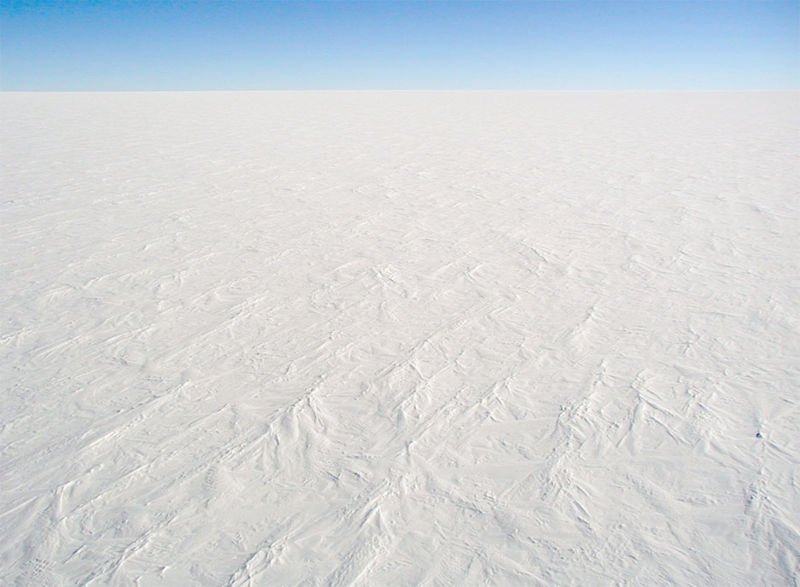Snowball Earth is about what it sounds like: The whole planet freezing over. It's likely happened at least twice in the far past, most recently 650 million years ago. It's easily one of the most intense events in world history, and also one of the most important- without it, we might not be here today.

First off, how does a global freezing event even occur? Weirdly enough, it possibly requires all the continents to be clustered near the equator. There's a wide variety of reasons why this would be. First off, tropical continents are more reflective than tropical oceans, which absorb a majority of the world's solar energy. Polar continents can potentially slow the growth of ice as well- they can potentially absorb a lot of solar energy, preventing the unrestricted growth of ice. Tropical continents receive more rainfall than other continents, leading to more erosion, including that of silicate rocks. When silicate rocks are exposed to the atmosphere, they begin a chemical weathering process that actually removes CO2 from the atmosphere. There are other hypotheses about the cause, but tropical distribution of the continents is currently the leading theory.
Many geologists disagree with part or all of the Snowball Earth hypothesis. One of the strongest objections is the Slushball Earth hypothesis, which claims much the same as Snowball Earth, but that the ice coverage was not as extreme, especially around the equator. These days, however, it has been to an extent absorbed into Snowball Earth- not least because the name is much better.
The most interesting part, however, is how Snowball Earth interacted with life on Earth. The first (and greater) Snowball Earth, the Huronian glaciation, was triggered by the Great Oxygenation Event- the introduction of free oxygen into our atmosphere by photosynthetic bacteria. The Great Oxygenation Event was likely the single greatest change our world has ever gone through after its formation, and Snowball Earth is among the more minor of its consequences. The latter Snowball Earth event was also often thought to have been caused by the Great Oxygenation event as well.
The effects of the final Snowball Earth event, however, are extraordinarily significant to us, since we're among them. The end of the final snowball event was immediately followed by the Cambrian Explosion, the appearance and diversification of multicellular life on earth. The event put intense selection pressures onto species living at the time, resulting in a furious rate of change. Ultimately, like a great many other events on Earth since the appearance of life, it's hard to sort out cause and effect when you're discussing life's role in the two Snowball Earth events. Life is the single most important thing setting our world apart from the rest of the solar system, and almost every major difference can be understood as a result of life.
*************************************************
Bibliography:
https://en.wikipedia.org/wiki/Snowball_Earth#Continental_distribution
https://simple.wikipedia.org/wiki/Great_Oxygenation_Event
https://en.wikipedia.org/wiki/Cambrian_explosion
Snowball Earth: The Story of a Maverick Scientist and His Theory of the Global Catastrophe That Spawned Life As We Know It, by Gabrielle Walker
*************************************************
Apologies for not posting in a while- I've been out in the field doing geology stuff the past couple weekends! Just undergrad research and class field studies, nothing too exciting, but a lot of fun, and I learned a ton.
